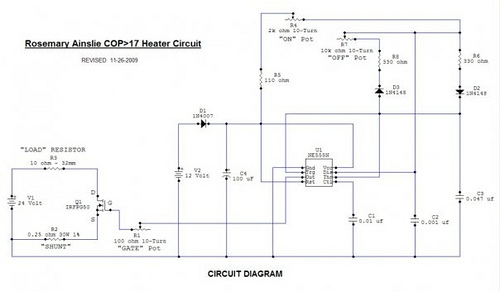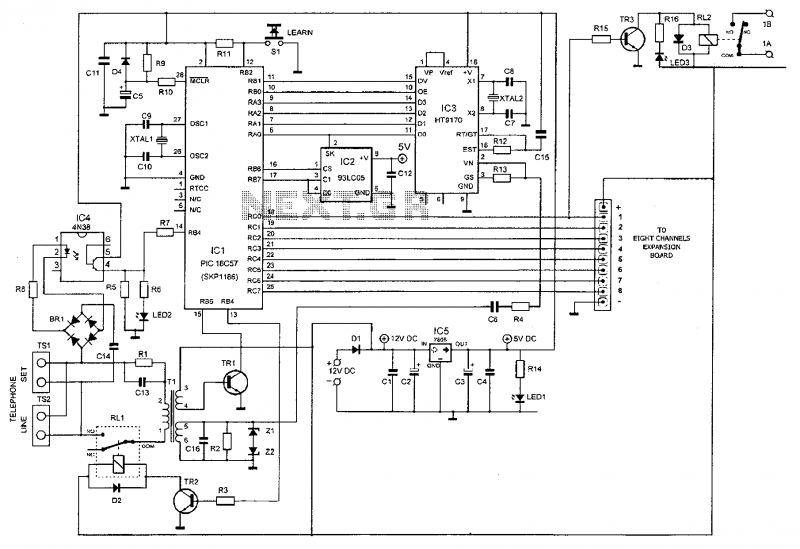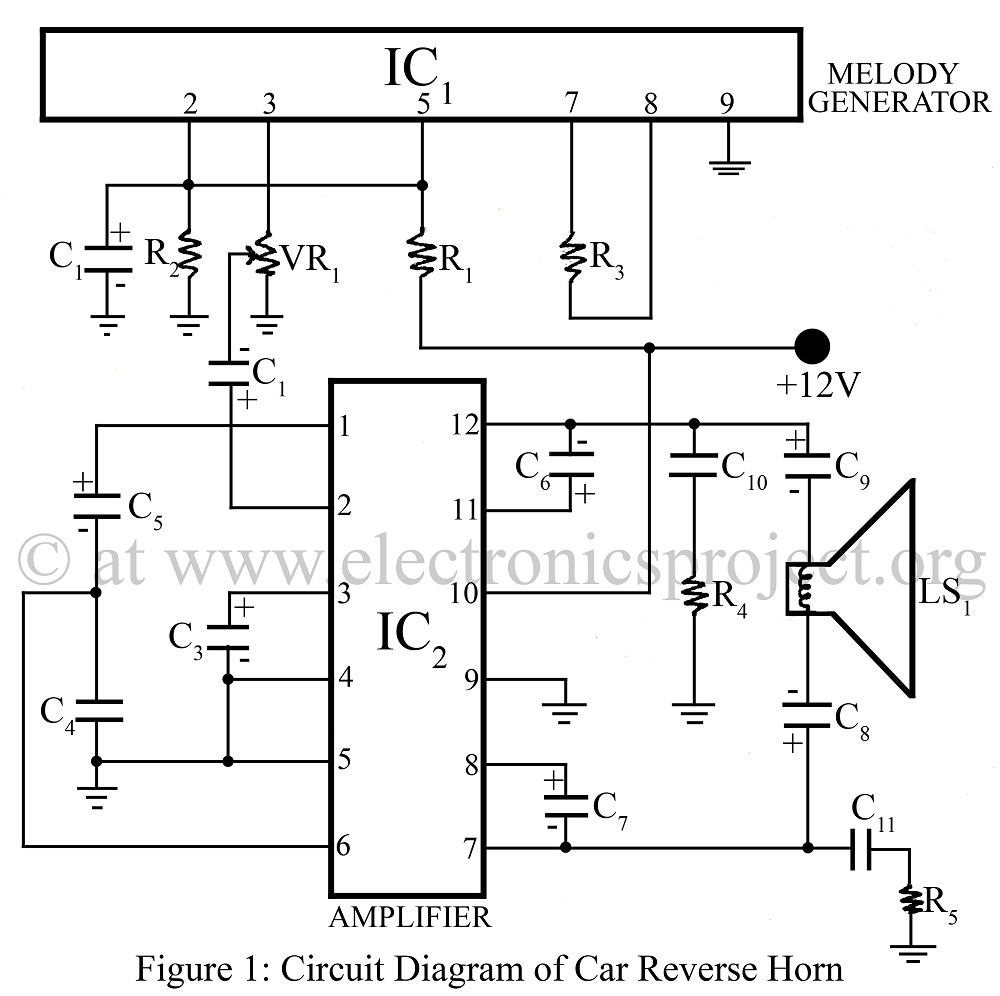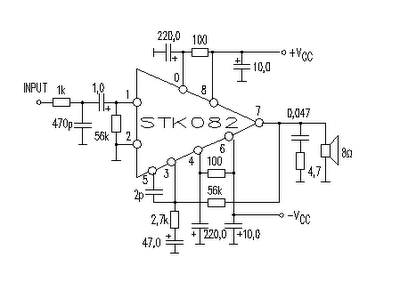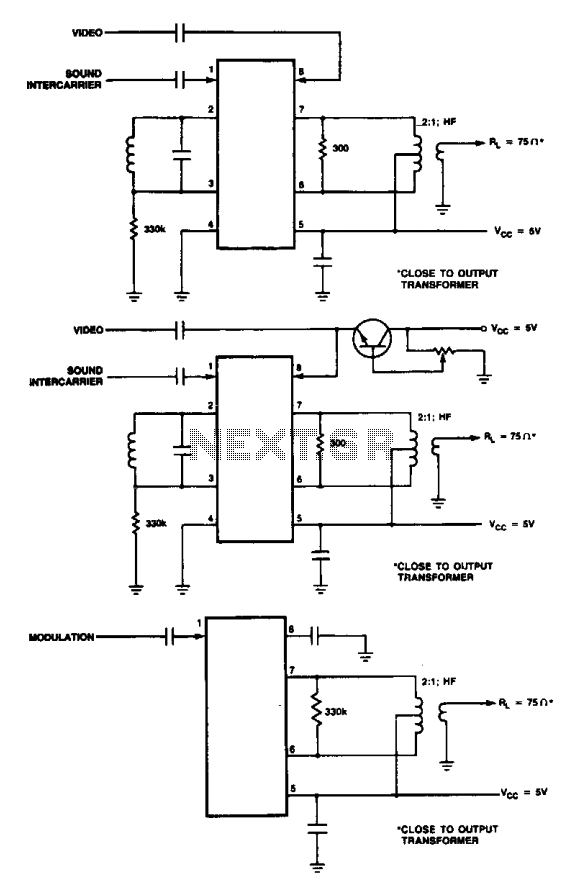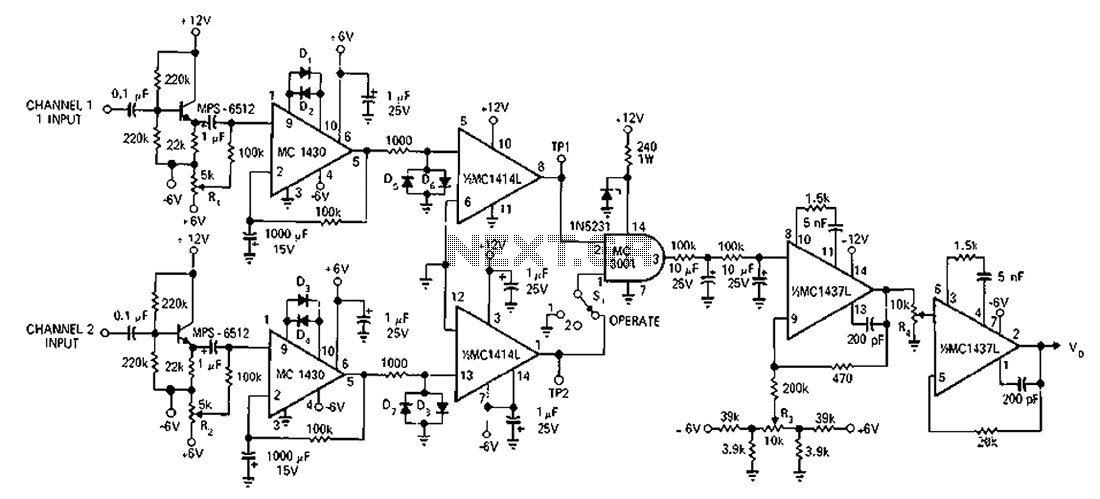
Car Stop Light Switch Circuit
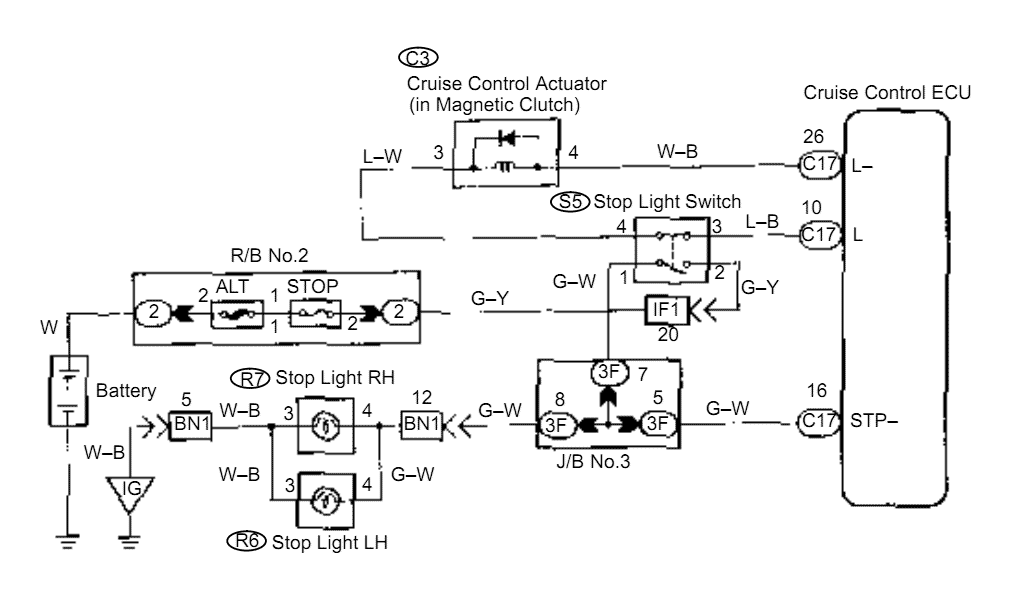
When the brake pedal is depressed, battery positive voltage normally applies through the STOP fuse and stop light switch to terminal STP of the ECU, and the ECU turns the cruise control off. A failsafe function is provided so that cancel functions normally, even if there is a malfunction in the stop light signal circuit. If the harness connected to terminal STP has an open circuit, terminal STP will have battery positive voltage and the cruise control will be turned off. Also, when the brake is on, the magnetic clutch is cut mechanically by the stop light switch, turning the cruise control off.
The described circuit involves a crucial safety feature integrated into the vehicle's cruise control system. The primary components include the brake pedal switch, the STOP fuse, the ECU (Electronic Control Unit), and the magnetic clutch.
When the brake pedal is pressed, the brake switch closes, allowing battery positive voltage to flow through the STOP fuse and into terminal STP of the ECU. This action signals the ECU to deactivate the cruise control system, ensuring that the vehicle can decelerate safely.
A failsafe mechanism is also incorporated into this design. In the event of a failure in the stop light signal circuit, such as an open circuit in the harness connected to terminal STP, the terminal will still receive battery positive voltage. As a result, the ECU will interpret this condition as a signal to turn off the cruise control, thus maintaining safety.
Additionally, the circuit includes a mechanical aspect where the stop light switch operates a magnetic clutch. When the brake is engaged, the switch cuts the power to the magnetic clutch, effectively disengaging the cruise control. This mechanical disconnection serves as an additional layer of safety, ensuring that cruise control cannot be inadvertently activated while the vehicle is braking.
Overall, this circuit design exemplifies a well-thought-out integration of electrical and mechanical systems to enhance vehicle safety and reliability in cruise control functionality.When the brake pedal is on depressed, battery positive voltage normally applies through the STOP fuse and stop light switch to terminal STP of the ECU, and the ECU turns the cruise control off. A failsafe function is provided so that cancel functions normally, even if there is a malfunction in the stop light signal circuit.
If the harness connected to terminal STP has an open circuit, terminal STP will have battery positive voltage and the cruise control will be turned off. Also, when the brake is on, the magnetic clutch is cut mechanically by the stop light switch, turning the cruise control off.
(See page DI572 for operation of the magnetic clutch). 🔗 External reference
The described circuit involves a crucial safety feature integrated into the vehicle's cruise control system. The primary components include the brake pedal switch, the STOP fuse, the ECU (Electronic Control Unit), and the magnetic clutch.
When the brake pedal is pressed, the brake switch closes, allowing battery positive voltage to flow through the STOP fuse and into terminal STP of the ECU. This action signals the ECU to deactivate the cruise control system, ensuring that the vehicle can decelerate safely.
A failsafe mechanism is also incorporated into this design. In the event of a failure in the stop light signal circuit, such as an open circuit in the harness connected to terminal STP, the terminal will still receive battery positive voltage. As a result, the ECU will interpret this condition as a signal to turn off the cruise control, thus maintaining safety.
Additionally, the circuit includes a mechanical aspect where the stop light switch operates a magnetic clutch. When the brake is engaged, the switch cuts the power to the magnetic clutch, effectively disengaging the cruise control. This mechanical disconnection serves as an additional layer of safety, ensuring that cruise control cannot be inadvertently activated while the vehicle is braking.
Overall, this circuit design exemplifies a well-thought-out integration of electrical and mechanical systems to enhance vehicle safety and reliability in cruise control functionality.When the brake pedal is on depressed, battery positive voltage normally applies through the STOP fuse and stop light switch to terminal STP of the ECU, and the ECU turns the cruise control off. A failsafe function is provided so that cancel functions normally, even if there is a malfunction in the stop light signal circuit.
If the harness connected to terminal STP has an open circuit, terminal STP will have battery positive voltage and the cruise control will be turned off. Also, when the brake is on, the magnetic clutch is cut mechanically by the stop light switch, turning the cruise control off.
(See page DI572 for operation of the magnetic clutch). 🔗 External reference
